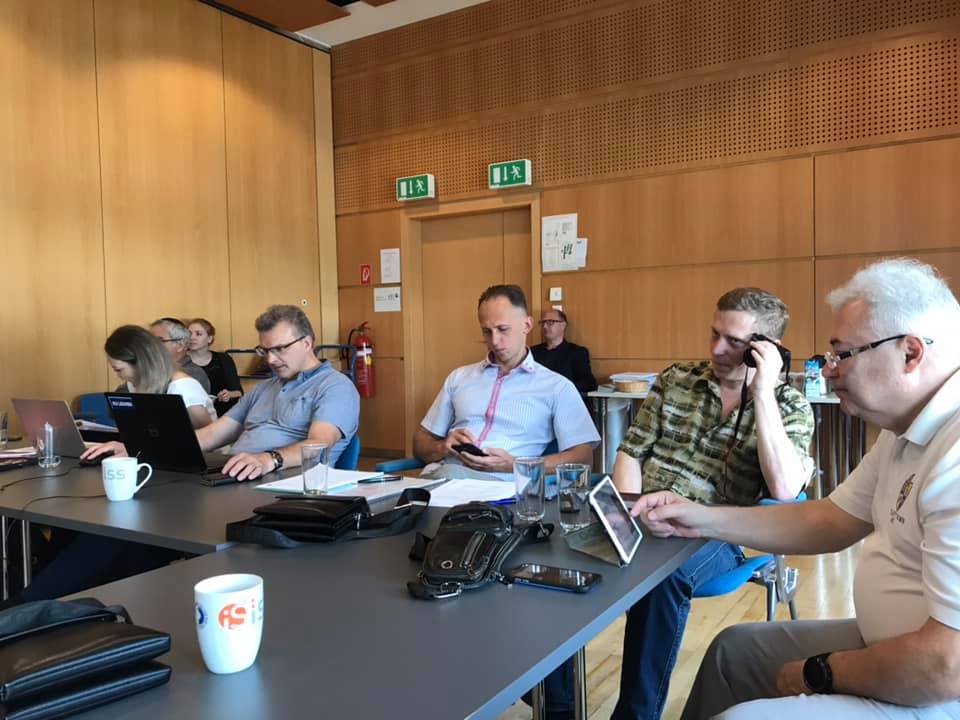[vc_section][vc_row][vc_column][vc_row_inner][vc_column_inner width=”1/4″][vc_single_image image=”2733″ img_size=”full” el_class=”.non-padding” css=”.vc_custom_1572442136367{margin-right: -15px !important;margin-left: -15px !important;}”][/vc_column_inner][vc_column_inner width=”1/2″][/vc_column_inner][vc_column_inner width=”1/4″][/vc_column_inner][/vc_row_inner][/vc_column][/vc_row][vc_row][vc_column width=”1/4″][vc_column_text css=”.vc_custom_1643615310776{margin-left: -15px !important;padding-top: 5px !important;}”] Syllabus
Moodle
Learning materials [/vc_column_text][/vc_column][vc_column width=”3/4″][vc_column_text]
Learning outcomes:
– knowledge of the characteristics of biocompatible and bioresorbable materials;
– ability to use biomedical materials correctly in accordance with the requirements for them;
– knowledge of the types and properties of polymers, ceramic and carbon biomaterials;
– ability to correctly use non-metallic biomaterials for the manufacture of implants depending
on their purpose;
– knowledge of physical and mechanical properties of metallic biomaterials, their atomic-
electronic structure, the relationship between structure and properties;
– ability to control the st
[/vc_column_text][/vc_column][/vc_row][/vc_section]

